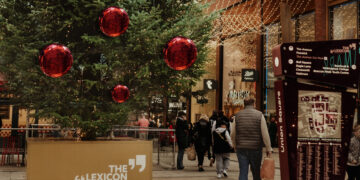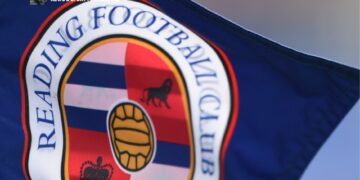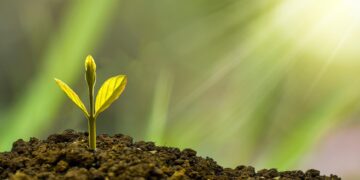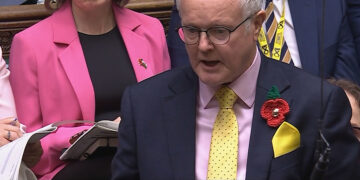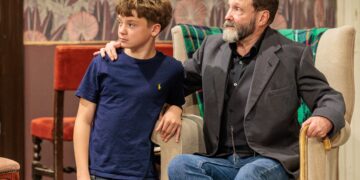DURING the last six months, Wokingham Borough Council’s countryside team has been enhancing habitats at Charvil Country Park, focusing on Canberra Lake and the Heronry.
Thanks to full developer funding, the team has removed excess trees and scrub, regraded the banks to create shallower edges, and planted 5,000 reed plants in newly created shallows.
Protective fencing has also been installed to shield young reeds from grazing waterfowl.
Although the reeds are newly planted, in just a few years these areas will become rich wetland habitats.
They’ll offer shelter for fish fry and invertebrates, nesting spots for warblers and waterfowl, and feeding grounds for herons, kingfishers, and even bitterns.
Once fully established, the fencing will be removed, leaving behind a thriving natural space that supports biodiversity and improves the park’s ecological value.
Reed beds act as natural water filters removing pollutants, and supporting wildlife.
They also play an important role in flood control, erosion prevention, and aquifer recharge (replenishment of underground water sources).
Charvil Country Park covers 75 hectares of former gravel pits and remnant pasture land, in the flood plain of the lower Loddon Valley between Twyford and Charvil.
It encompasses restored lakes, amenity and species rich grassland, scrub, woodland, the Slade brook and the River Loddon itself.
Rich in wildlife, the area is home to two nationally rare plants, the Loddon Lily, and Loddon Pondweed.
It is a popular site with birdwatchers due to the diverse wintering wildfowl, including Smew, and an active heronry.
For information, visit: wokinghamcountryside.co.uk





